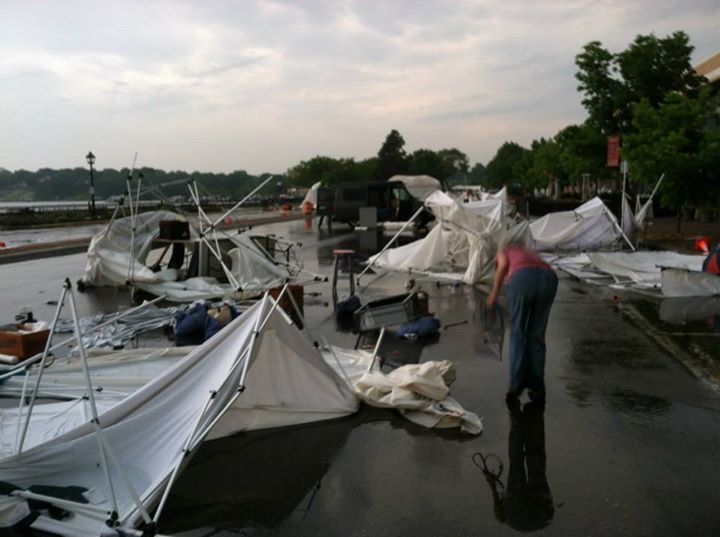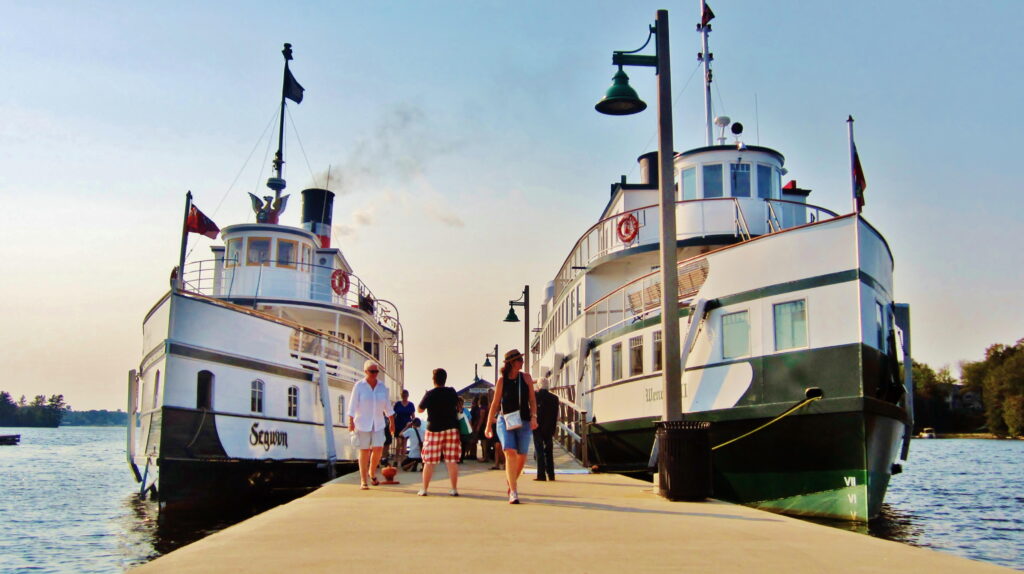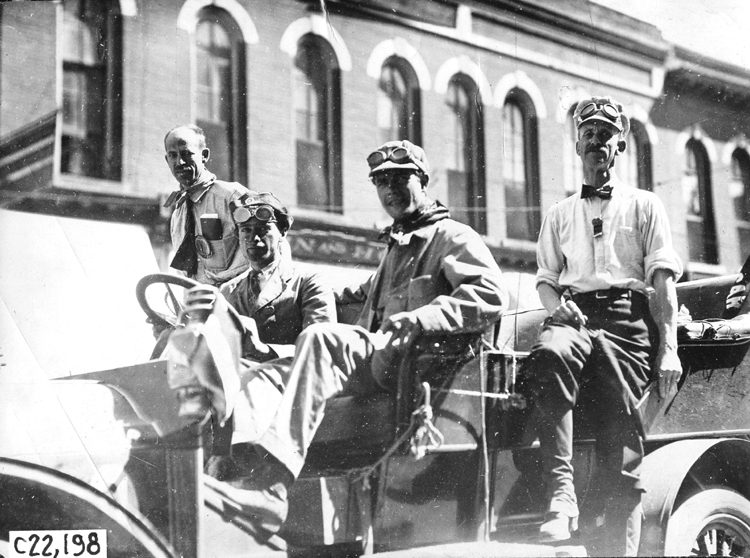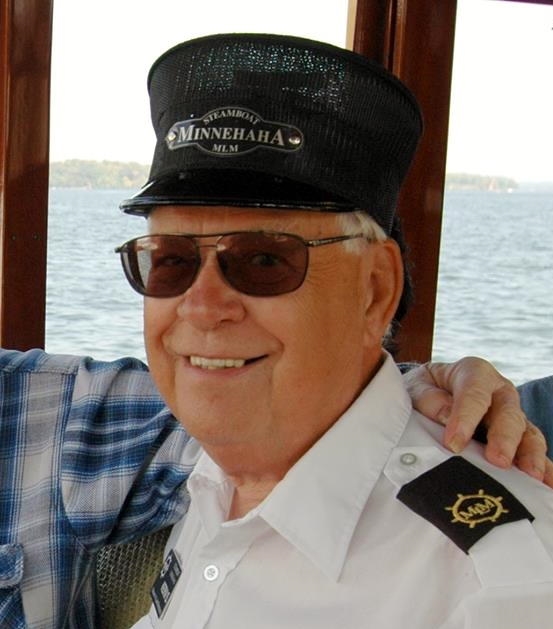37 Water Street
We kicked off the 2013 Season with the Grand Opening of the Excelsior-Lake Minnetonka Chamber of Commerce‘s new Welcome Center at 37 Water Street, where we now have an office to act as a “home base” for our merchandise and archives. It was a lovely evening to get acquainted with the recently renovated facility, take crazy pictures with friends both old and new, and enjoy fine refreshments amid jazz in the background. The Welcome Center is currently open from 9 to 5 every week, Monday through Friday – stop by if you haven’t yet had the chance!
Art On The Lake & Wayzata Art Experience
Two annual Lake Minnetonka traditions held at the end of June are Excelsior’s Art On The Lake and the Wayzata Art Experience. Art On the Lake has become a staple in our “Special Events” schedule over the years with half-priced cruises departing the dock every hour. But 2013 was the first year that we had ever participated in the Wayzata Art Experience, a similar festival held at the other end of the lake. Unfortunately the weather did not cooperate for either event as rain dampened the festivities in Excelsior and severe storms destroyed the Wayzata Art Experience. Despite all odds, however, Minnehaha steamed on and ran every cruise as planned. We even had local author and architectural historian Bette Jones Hammel narrate a special “Architectural Design” cruise out of Wayzata which showcased dozens of historic homes along Lake Minnetonka’s shoreline.





